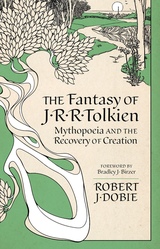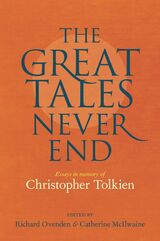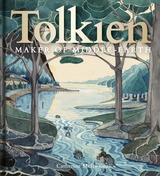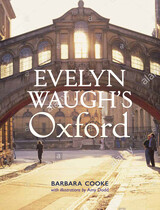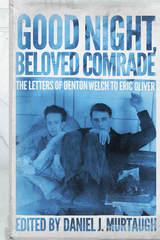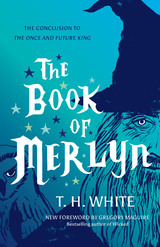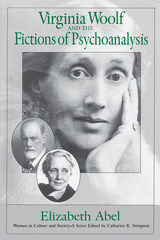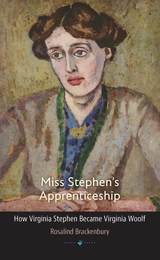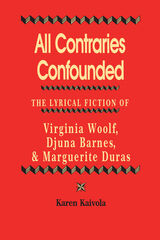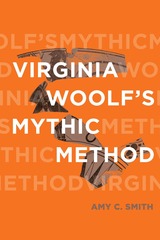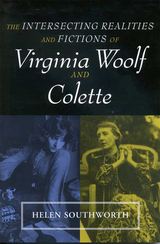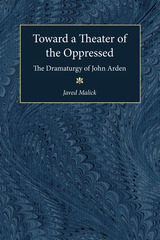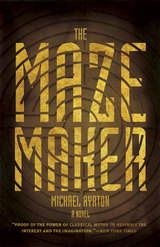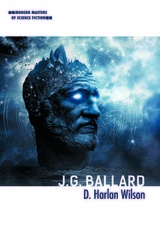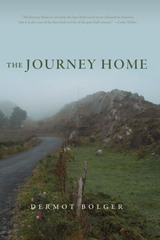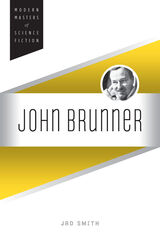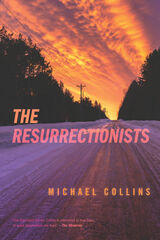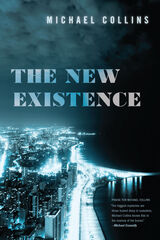Virginia Woolf Icon
University of Chicago Press, 1999
Cloth: 978-0-226-75745-2 | Paper: 978-0-226-75746-9
Library of Congress Classification PR6045.O72Z87633 1999
Dewey Decimal Classification 823.912
Cloth: 978-0-226-75745-2 | Paper: 978-0-226-75746-9
Library of Congress Classification PR6045.O72Z87633 1999
Dewey Decimal Classification 823.912
ABOUT THIS BOOK | TOC
ABOUT THIS BOOK
This is a book about "Virginia Woolf": the face that sells more postcards than any other at Britain's National Portrait Gallery, the name that Edward Albee's play linked with fear, the cultural icon so rich in meanings that it has been used to market everything from the New York Review of Books to Bass Ale. Brenda Silver analyzes Virginia Woolf's surprising visibility in both high and popular culture, showing how her image and authority have been claimed or challenged in debates about art, politics, anger, sexuality, gender, class, the canon, feminism, race, and fashion.
From Virginia Woolf's 1937 appearance on the cover of Time magazine to her current roles in theater, film, and television, Silver traces the often contradictory representations and the responses they provoke, highlighting the recurring motifs that associate Virginia Woolf with fear. By looking more closely at who is afraid and the contexts in which she is perceived to be frightening, Silver illustrates how Virginia Woolf has become the site of conflicts about cultural boundaries and legitimacy that continue to rage today.
From Virginia Woolf's 1937 appearance on the cover of Time magazine to her current roles in theater, film, and television, Silver traces the often contradictory representations and the responses they provoke, highlighting the recurring motifs that associate Virginia Woolf with fear. By looking more closely at who is afraid and the contexts in which she is perceived to be frightening, Silver illustrates how Virginia Woolf has become the site of conflicts about cultural boundaries and legitimacy that continue to rage today.
See other books on: 1882-1941 | Appreciation | English-speaking countries | Feminism and literature | Feminist
See other titles from University of Chicago Press

